Market Trends
Key Emerging Trends in the Perfume Packaging Market
The global perfume packaging market has experienced notable trends in recent years, influenced by shifts in consumer preferences, advancements in packaging materials and design, and evolving industry regulations. Perfume packaging plays a crucial role in enhancing brand identity, product presentation, and consumer engagement within the fragrance industry, catering to a diverse range of consumer tastes and preferences.
The main restraint that impacts the growth of the Perfume Packaging Market in the negative way is the packaging of the perfumes in glass bottles. While using the glass bottles during the packaging there has a high chance of getting broken when compared to the metal and then plastic. So the packers must be conscious of packing the glass bottles to avoid the breakage of the glass bottles.
One significant trend in the global perfume packaging market is the growing demand for innovative and sustainable packaging solutions. With increasing consumer awareness of environmental issues and a shift towards eco-conscious consumption, there is a rising preference for perfume packaging materials that are recyclable, biodegradable, and sourced from sustainable materials. Manufacturers are responding to this trend by incorporating eco-friendly materials such as glass, recycled plastics, and biodegradable plastics into their perfume packaging designs. Additionally, advancements in sustainable packaging technologies, such as water-based printing inks, compostable packaging materials, and refillable perfume bottles, are gaining traction in the market as brands seek to reduce their environmental footprint and meet consumer demand for sustainable packaging options.
Moreover, technological advancements have played a crucial role in shaping market trends in the perfume packaging industry. Innovations in packaging design, printing techniques, and finishing technologies have enabled manufacturers to create unique and visually appealing perfume packaging designs that stand out on the retail shelf. Digital printing technologies, in particular, offer flexibility in customization and personalization, allowing brands to create intricate patterns, textures, and graphics on perfume packaging materials. Additionally, advancements in 3D printing and augmented reality (AR) technologies are being explored to create interactive and immersive perfume packaging experiences that engage consumers and enhance brand loyalty.
Additionally, the global perfume packaging market is influenced by changing consumer preferences and buying behavior, particularly in the luxury fragrance segment. With consumers increasingly seeking personalized and experiential shopping experiences, there is a growing demand for premium and luxury perfume packaging designs that convey exclusivity, elegance, and craftsmanship. Perfume brands are investing in luxurious packaging materials such as high-quality glass bottles, metal accents, and intricate detailing to enhance the perceived value of their products and create a memorable unboxing experience for consumers. This trend is driving increased adoption of premium packaging materials and custom-designed packaging solutions by luxury perfume brands looking to differentiate themselves in a competitive market landscape.
Furthermore, market trends in the global perfume packaging market are shaped by regulatory requirements and industry standards governing packaging materials, safety, and labeling practices. Regulatory bodies such as the International Fragrance Association (IFRA) and the European Union (EU) establish guidelines and regulations for the use of packaging materials, fragrance ingredients, and labeling requirements in perfume packaging. Compliance with these regulations drives the adoption of perfume packaging solutions that meet specific criteria for product safety, ingredient transparency, and regulatory compliance, ensuring consumer protection and regulatory compliance.

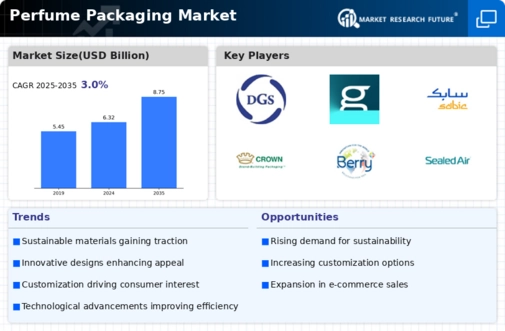
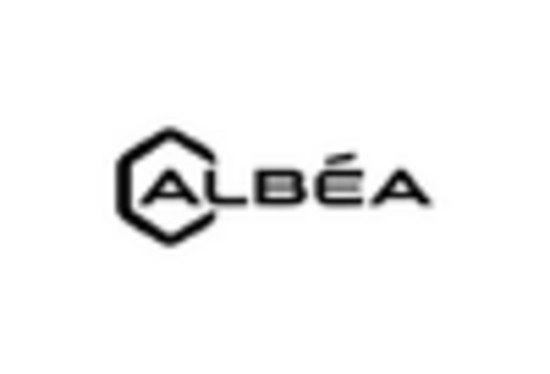
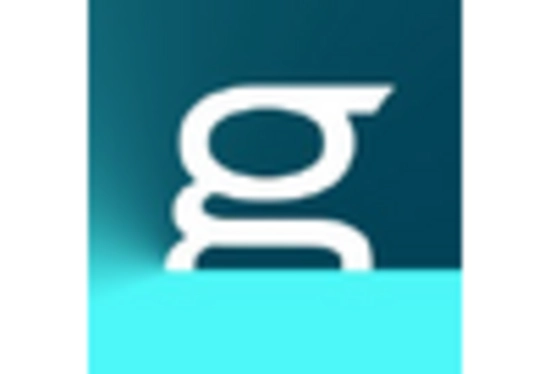
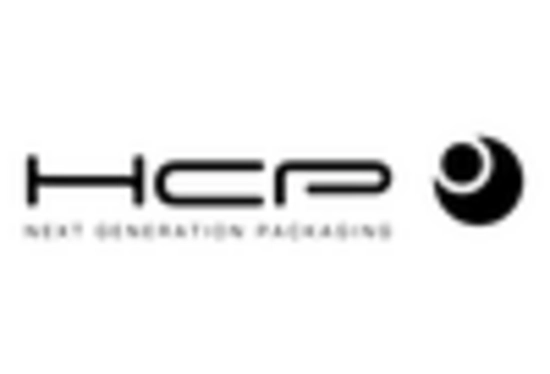
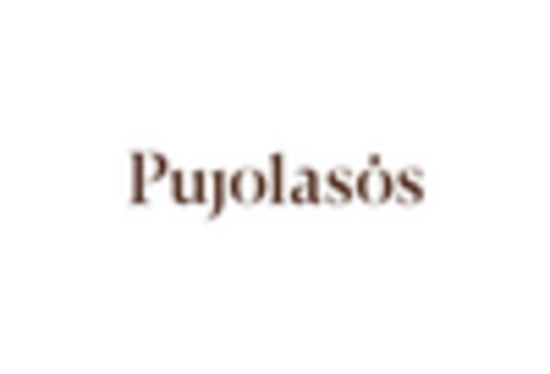
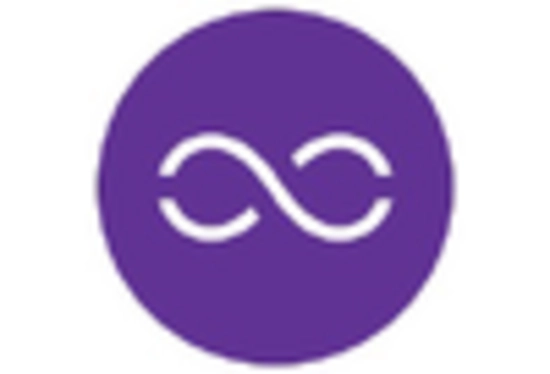
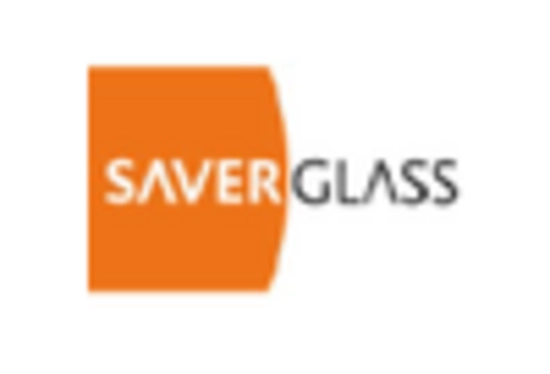









Leave a Comment